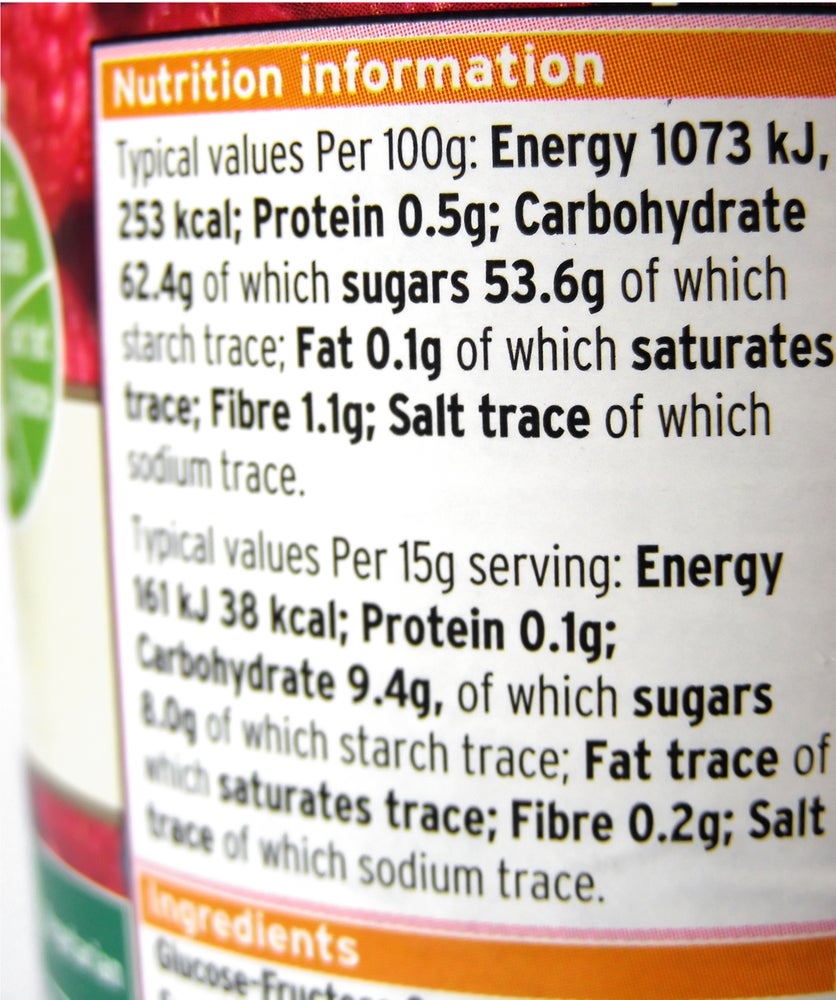
Many shoppers are struggling to determine the correct amount of sugar, fat and salt they consume due to the “confusing” labelling on food packaging, according to a recent study by consumer watchdog Which?.
The research revealed that a significant number of people misjudged the number of servings in popular supermarket products when asked to estimate.
Meal deals misunderstood, resulting in unintended overeating
The study found that 79% of respondents believed that supermarket meal deals were designed to be the ideal portion size for one person.
However, while the sandwich component is typically intended for one serving, the accompanying drinks and snacks may actually be designed for two servings.
This discrepancy can lead to unintended overeating and a misunderstanding of the actual nutritional intake.
Different brands, different serving sizes
The research also highlighted that similar foods from different brands often have varying serving sizes, causing confusion among consumers. For example, a 300g pack of Dell Ugo tomato and mozzarella tortelloni is meant to serve two people.
In contrast, the same weight of M&S cheese and tomato tortelloni claims to contain three servings. The lack of consistency in serving sizes can make it challenging for consumers to accurately assess the nutritional content of the products they buy.
Difficulty estimating appropriate portion sizes for snacks and drinks
The study revealed that people struggle to estimate appropriate portion sizes, particularly for snacks and drinks. Walkers’ crisps, for instance, come in different pack sizes ranging from 25g to 45g, but all count as one portion.
A 150g sharing bag suggests that a portion is 30g, which can lead to confusion and potential overconsumption.







